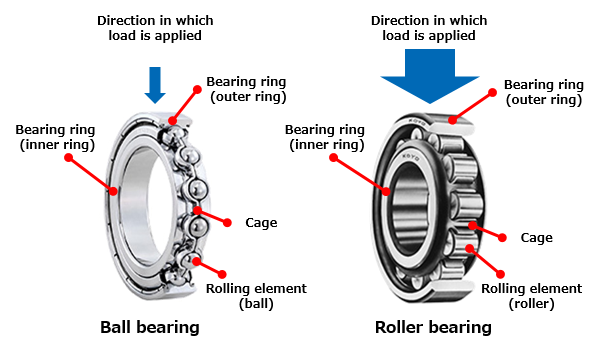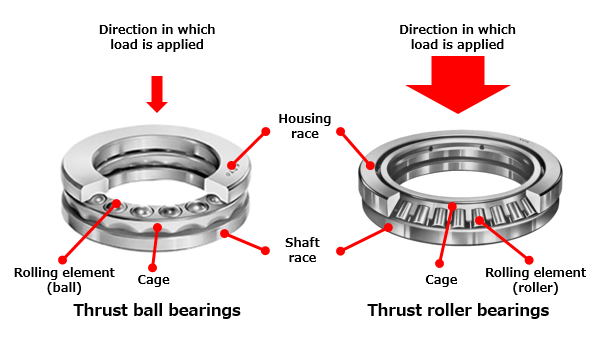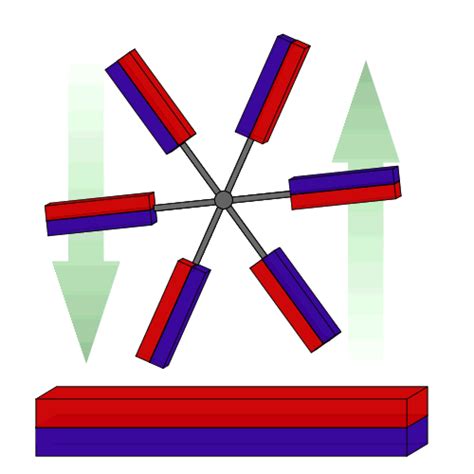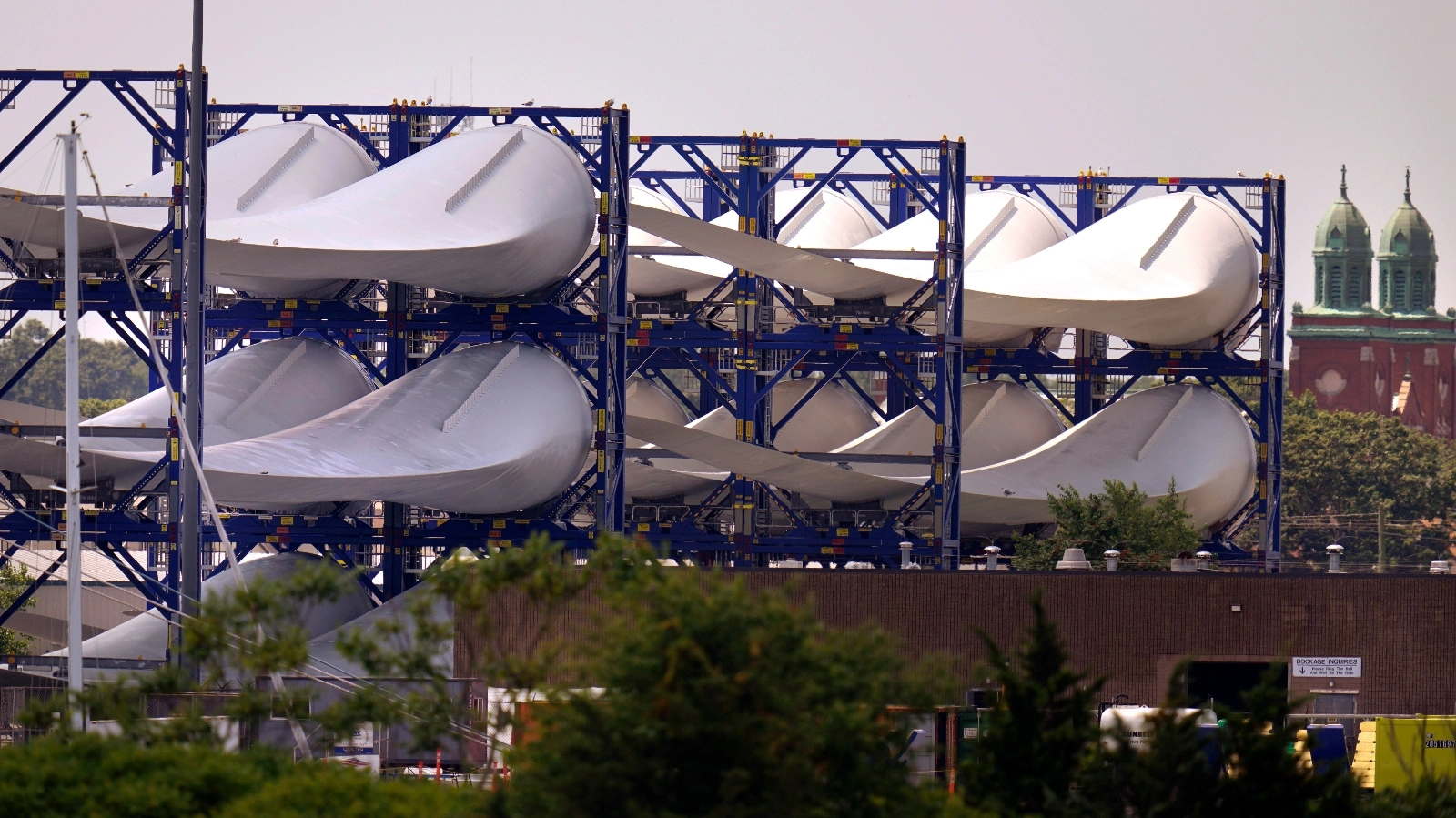Disclaimer: I’m not a sponsor, I just believe this is the future of wind based energy. It doesn’t require any sort of braking mechanism, and also takes up far less land space…
Last time I asked about this I was told that the vertical style wind turbines have a lot higher wear/failure rate and don’t scale up as well.
Ok for small scale stuff, but not for your big, stick it on top of a hill or out to sea turbines.
How much can really wear out on them though? The bearings? Those can be replaced as necessary of course.
I’d think their only true weakness would be during strong storms like hurricanes or tornadoes where wind gust speeds rapidly change faster than the mechanism can manage to furl and unfurl to keep up. In those situations, you’d basically have to completely close them up and shut them down until the bad weather passes.
I dunno, but other than that it seems like a promising technology, and you can pack a whole lot more of them onto a smaller space of land.
The weight of the blades on a typical windmill is aligned with the plane of rotation, so most of the forces are taken up by radial bearings:

They do need thrust bearings as well, but only to resist the force of the wind that isn’t converted into rotation.
Vertical windmills, however, rotate perpendicular to their load and require a thrust bearing to support the full weight of the blades at all times:

This means that vertical windmills wear down the single thrust bearing that supports their weight significantly more quickly than others who can distribute the weight of the blades across multiple radial bearings. It’s not a huge problem at a small scale where the weight is minimal, but as the weight per bearing increases, the rate of wear does as well.
I was going to respond, but you did way better than I would have!
Fantastic explanation and diagram inclusion
Non-engineer here, thank you for a strong ELI-average-adult.
True that, and very well explained I might add.
Now, if I were on their engineering team, I’d probably try a combination of magnetic and roller bearings. Use magnetic bearings to support the weight, while securing everything in place with radial bearings.
That way, the mechanical bearings don’t have to support the weight, magnets can take care of most if not all of that, saving undue wear and tear on the mechanical bearings.
I dunno, just a thought.
Actually, magnetic bearings experience wear as well.
So called “permanent” magnets gradually lose their charge over time through interactions with opposing magnetic fields, heat, and mechanical stresses. Neodymium, for example, loses about 0.1% of it’s field strength per year even when it isn’t being used for anything. This is why you can’t use magnets to make perpetual motion machines:

Magnets are basically batteries that store energy in the form of a magnetic field, eventually they run out of charge and need to be re-magnetized.
This makes passive magnetic bearings really tricky to design, so most of those in use are active types that also employ sensors and electromagnets to ensure stability. These electronics also degrade over time, so usually a mechanical bearing is a better choice unless the use-case requires a frictionless axle.
Everything degrades over time, that’s a given, nothing lasts forever. But if they relieve the weight from the mechanical bearings with magnets, then they might last quite a bit longer before needing service.
I saw the video and at some point it say something like
“no danger to animals”.
This is a bold claim to make, especially since the effects of wind turbines on (migratory or not) birds and bats are vastly documented.
The “tricky” part with wind energy are other living creatures. It affects them and by default they are not able to participate in the conversation. We actively need to take them into consideration.
Though of adding a relevant link on Large-scale effects of offshore wind farms on seabirds of high conservation concern





